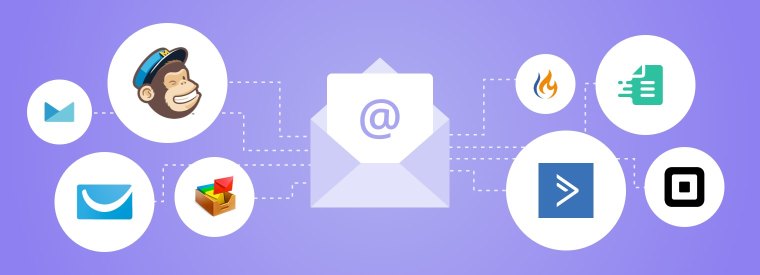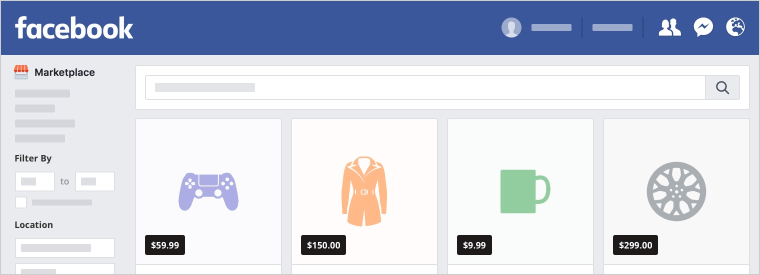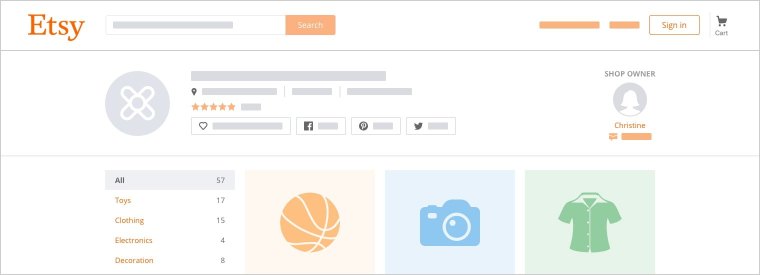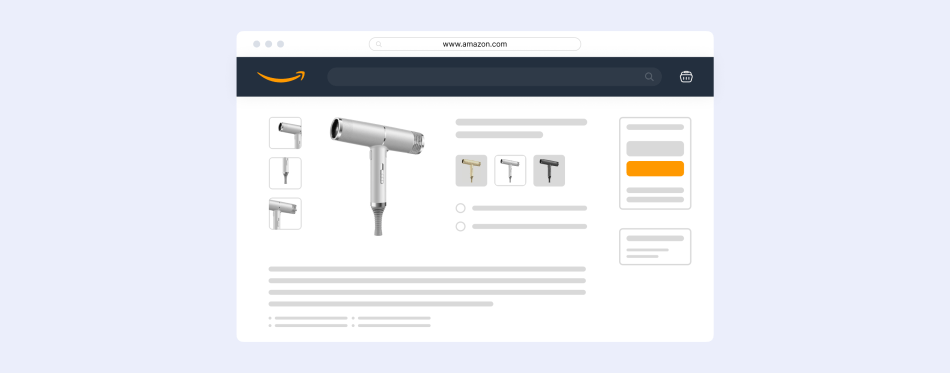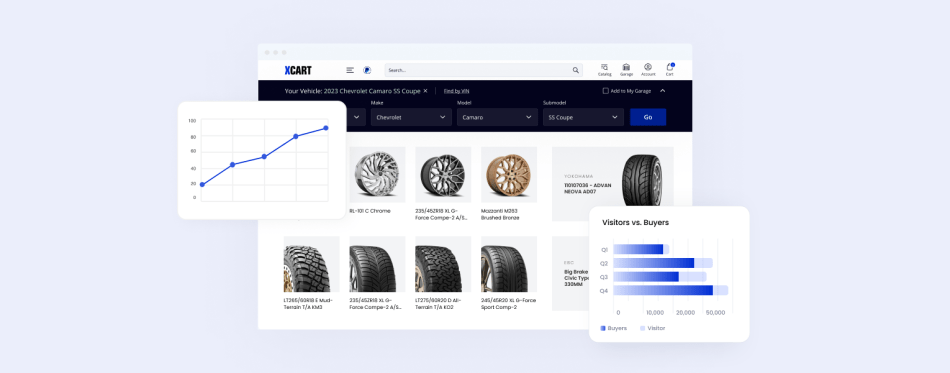Omni-Channel Marketing: Definitions and the Difference Between Omni-, Multi-, and Cross-Channel
Omnichannel marketing — is it a Holy Grail of customer experience? Or is it just a buzzword, created by shrewd marketers to make it look like they are busy chasing high ROIs, CTRs, KPIs, and the rest of the marketing alphabet soup?
Here’s the truth: an omni-channel approach will change your business’ marketing for good. However, it’s not a magic pill yet. Let’s break the ‘omni-channel buzzworthy thing’ into pieces and see what’s hidden inside.
Ready to Dive into Omni-Channel Selling Right Away?
Schedule a call with one of our global expansion specialists to get all your questions answered.
Schedule a CalleBay sales are a great way to increase turnover, and selling on different marketplaces is essential for any business. Since setting up the automatic exports with X-Cart, our sales have increased by 20%.
Simply put, an omni-channel marketing strategy is focused on the customer and their experience, while multi-channel marketing is just the use of several media channels to spread your marketing messages.
An omni-channel approach assumes that each channel of marketing moves the customer further through the purchasing pipeline. This graph from PostFunnel will give you a clear picture of how important the customer is in omni-channel marketing.
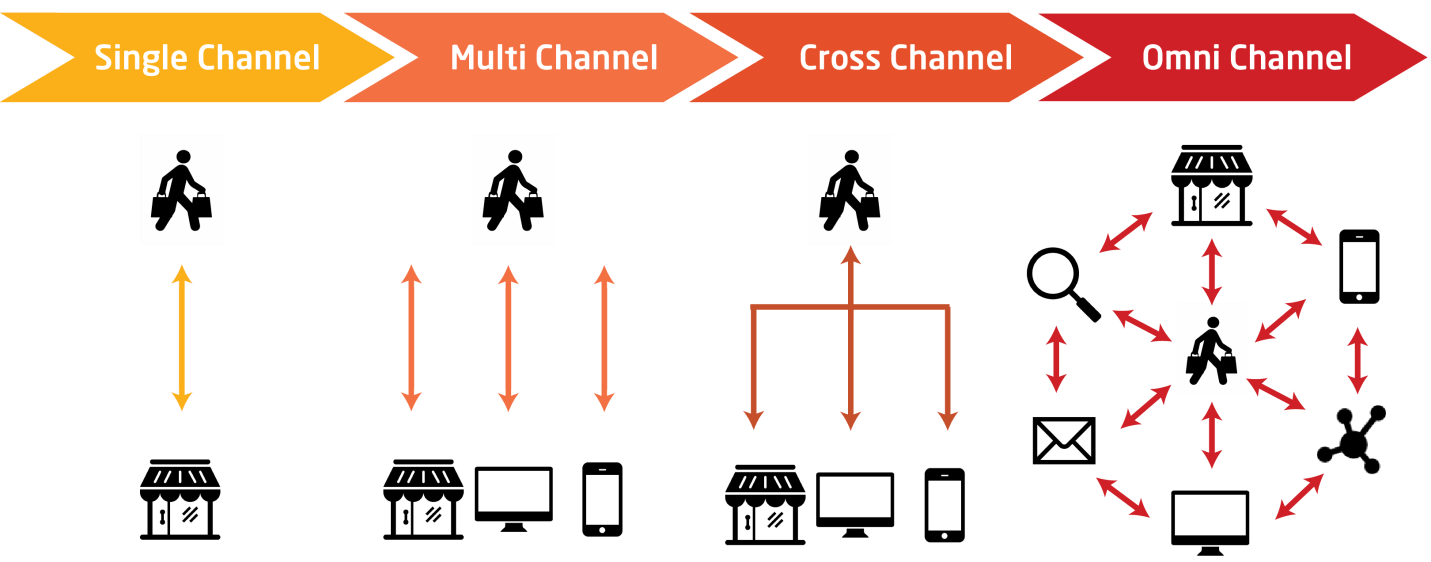
According to a Harvard Business Review article, omni-channel customers are “avid users of retail touch points.” The study continues to say that the “more channels customers use, the more valuable they are.”
According to their research:
- Omni-channel customers spent an additional 4% on each shopping trip in the store, on average.
- Omni-channel customers purchase 10% more than single-channel customers.
- The more channels that the customer had open to them, the more money they spent in the store.
- Omni-channel customers were found to be more loyal customers and more likely to recommend the brand to people that they know.
- Customers who shopped with omni-channel options also had 23% more repeat shopping trips with that store in the course of a 6 month time period.
Some examples that have successfully integrated omni-channel marketing are:





Of course, the list doesn’t end here, most major companies take advantage of multi-channel approach to digital marketing, too.
If you feel that omni-channel is not the right approach for your marketing strategies, then cross-channel marketing and multi-channel marketing are good options as well, though shown to not be quite as effective as omni-channel.
Clint Fontanella at Hubspot hit the nail on the head with their description:
Omni-channel marketing seamlessly integrates the different communication channels that businesses use to communicate with customers. This approach uses the customers’ perspective and interests to optimize the consistency of the company’s marketing messages. By utilizing the strengths of each communication channel, marketing teams can use omni-channel marketing to deliver a more consistent and effective brand message.
The bottom line is you have to take into account how much time and money you are willing to invest in your marketing strategy.
And just remember, the more touch points you have with a customer, the more likely they are to share their love of your company with friends and family.
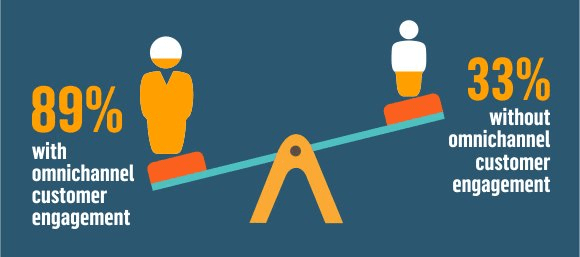
I. Omni-Channel, Multi-Channel, and Cross-Channel. How on Earth Can You Tell Them Apart?
In the ideal world, the journey your customers make to buy a product from your online store is insanely simple:
- They Google your brand.
- They find the sacred item.
- They throw it to their shopping cart and proceed to checkout.
Done!
Unfortunately, life is far from perfect. 94% of people who visit your online store, social media page, or mobile application for the first time will leave without buying anything — never to come back again.
That’s why it is critical to stop letting great leads swim free or — even worse — jump to another digital ocean altogether.
Omni-channel digital marketing strategy
Luckily, an omni-channel digital marketing strategy can catch leads before they fly from one channel to another. Before we dig into the details, let me bust some myths about this buzzy catchword:
MYTH #1. If you think omni-channel marketing is just about using multiple marketing channels, it’s not. Some time ago I thought that omni-channel marketing meant setting up social media networks, a brick-and-mortar store, inside sales, and, say, printed ads, but I was wrong. Ok, ninety-nine-per-cent wrong.
MYTH #2. Omni-channel marketing isn’t about giving access to your products through multiple devices, like touchpads, desktops or mobile devices. Everyone and their dog knows that you should make your site mobile responsive.
THE TRUTH: Implementing omni-channel marketing is about creating a holistic shopping experience across all digital channels. It is placing your audience at the very center by listening and responding to their needs at every step of the way.
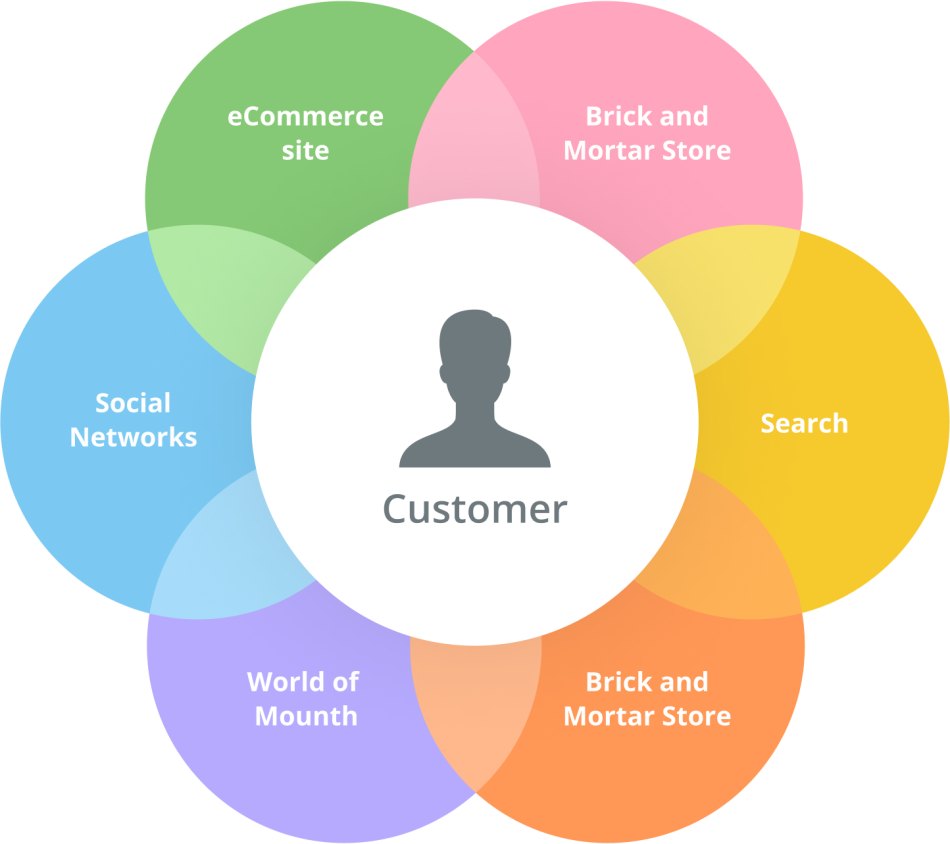
To put it simply, picture your omnichannel strategy as the combined worlds of websites, emails, retargeted ads, social media marketing, and physical store locations. Across each of the channel campaigns, you’ll reach your customers with personalized offers, products, and messages.
Have you heard about Brian Swichkow, a marketing pro who drove his roommate to paranoia with eerily targeted Facebook ads? Brian created a couple of messages (like the one you see below) and displayed them to a single person — his roommate, a professional sword swallower who had problems taking small pills.
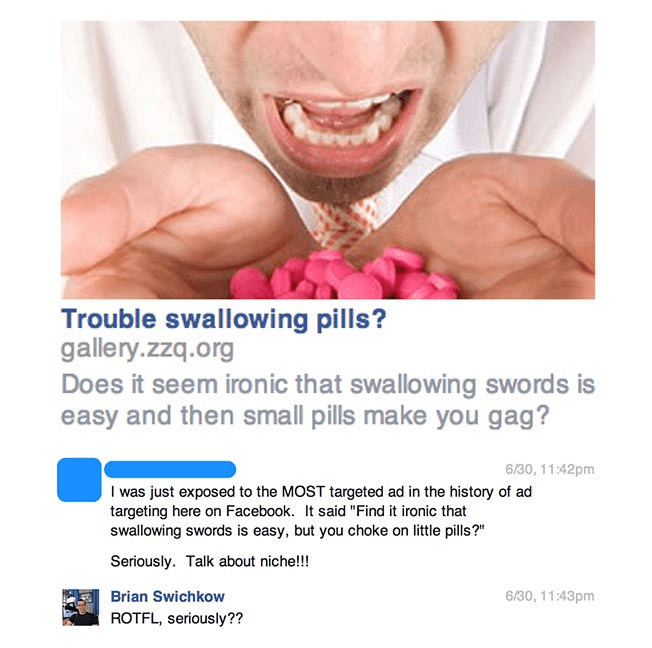
These were hyper-personalized messages sent at the right time, in the right way and for the right reasons. That’s why this trick worked. And it would work even better if Brian extended his efforts to multiple channels and touchpoints, online and offline.
This omni-channel marketing strategy works pretty much the same for eCommerce. But to make it work for you, it’s vital to segment your audience. The more specific customer data you collect, the more tailored experience you could provide across channels.
What’s the difference between omni-channel and multi-channel?
In the multi-channel world, as opposed to omni-channel, a particular emphasis is placed on your product. Your product, not the customer, is the whole ‘song and dance’.
Each channel, be it an online store, a promotional event, a product’s package, a printed catalog, or even word of mouth, exists separately from each other. On each platform, the customer has an independent opportunity to purchase.
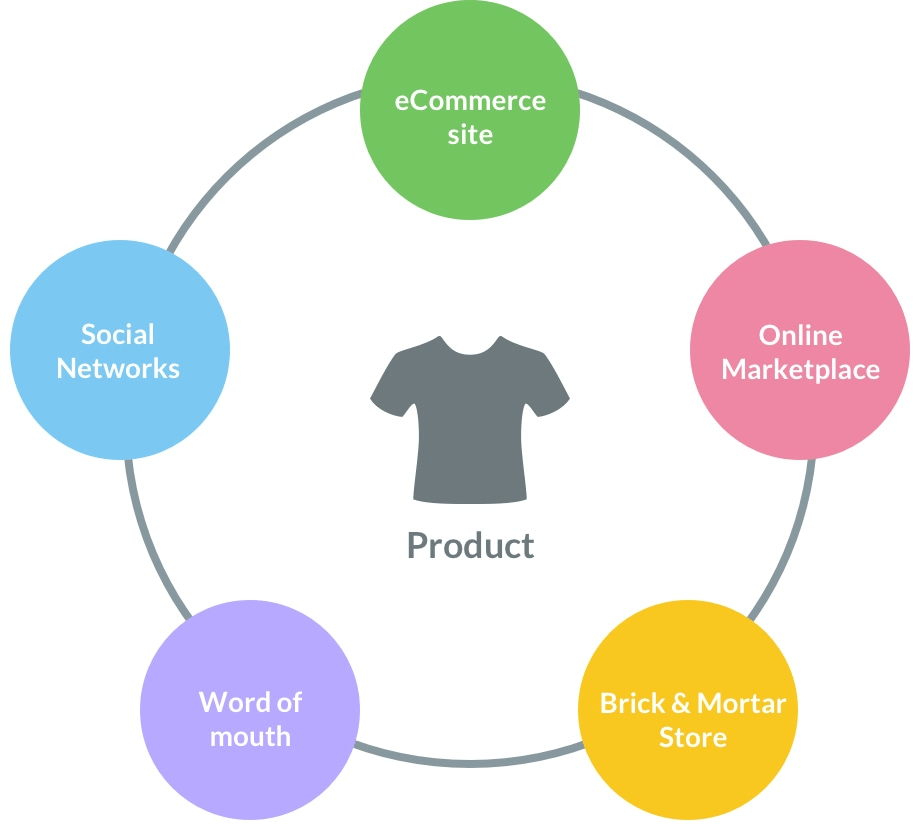
The multi-channel model gives your shoppers the opportunity to choose between multiple channels, but it doesn’t necessarily move them down the sales funnel. The key concept here is ‘Choice’.
Here is a perfect illustration of the multi-channel approach: You send a personalized discount coupon to your customer via email and make it valid only for your online store.This way your shopper pays the full price for the very same product discovered in a physical store.
No good. While this approach is certainly multi-channel, you want to upgrade to omni-channel.
Understand that consumers are digital-savvy. The more channels and devices you use, the more customers engage with your brand.
Here’s the bottom line; if you cannot deliver consistent customer journeys and make equal pricing across all channels and mediums, all your efforts will vanish like smoke up the chimney.
What’s the difference between omni-channel and cross-channel?
The idea of cross-channel marketing, like the truth in ‘The X-Files’, lies somewhere out there and in between.

Cross-channel is a bit more efficient than multi-channel marketing, as some of the brand’s channels are mixed with each other to smooth the user experience. However, it’s less sophisticated than the omni-channel world, which merges everything into a single experience.
For example, IKEA launched a VR mobile app so customers can picture virtual sofas and chairs right in their living room. Place a printed IKEA catalog on the floor (right where you’d like to see your piece of furniture), and the mobile app will replace the catalog with the chosen item in real time.
Look how it works. 2 minutes and 23 seconds of fun:

Two channels are used simultaneously here — a mobile app and a brand’s printed brochure. The experience isn’t the same on both channels, but they do interact with each other.
Another example is powered by artificial intelligence ‘My Starbucks Barista’ app. It allows mobile users to place their orders by speaking to a virtual barista.
II. The Four Biggest Challenges of Omni-Channel
Put bluntly, creating omni-channel customer experience is not a kids game. It’s a hell of a job. You will have to deal with a number of obstacles.
1. Being consistent is sheer torture
Being consistent across all channels and devices is what I find the most challenging about omni-channel strategy. And it looks more similar to a spellbinding giant spider web than a racetrack.
You will have to live the life of your customer. If you sell lattes or furniture, maybe you can become the customer’s shadow with advanced technology. However, if you’re in enterprise sales, it’s next to impossible. Add multiple decision makers and an extended sales cycle, and you can give up on staying consistent across channels.
2. Companies do not share their data
Customer data is rarely shared between different channels.
With the help of Google Analytics, you can say where your customer has come from and what products he has squirreled away in his shopping cart.
But in your Amazon store, that’s impossible. There’s just no tool for that.
3. You cannot be everywhere
What if we could attach a GPS device and video cameras to people? Then, we would be able to track their steps across multiple shopping channels and devices.
We would be able to track their steps across multiple shopping channels and devices.
For example, back in 2013, a team from BBC Two’s Horizon programme recorded the cats’ movements over six 24-hour periods. They’ve got some curious results about the secret life of cats.
This way we could build a real world attribution model — see what’s happening between different channels and devices, offline and online. Was it a banner ad that caught your customer’s eye on his way to the office? Or a WhatsApp message from a colleague that made him think of your item?
However, this trick won’t work for humans. At least in the 21st century.
III. Is Omni-Channel Worth Your Hassle?
Change is hard. That’s why people stick with what they are used to.
They are afraid of trying something new, as it can potentially be wrong or harmful. And it’s 10x more dramatic when it comes to the omnichannel world.
Here’s what many of you think:
OMNI-CHANNEL = NEW.
New is terrifying.
OMG. Omnichannel is terrifying; it’s safer not to move a muscle.
Don’t be taken in by this guess-work. Omni-channel is worth your time and efforts.
Yes. Big FAT yes.
And if you are still hazy about it, here are a few real-life stats to prove that:
- Businesses that implement omni-channel strategies get 91 percent higher year-over-year customer retention rates [according to Aspect Software research].
- An omni-channel approach can give you a 75% increase in sales and a 64% boost in customer loyalty [a survey by SAP].
- 67% of retail customers start by shopping on one device and finish on another [an infographic by WorldPay].
IV. What Pushes Businesses into Omni-Channel Marketing Pool?
As you see, statistics promise you a pile of gold and a crowd of loving customers. That’s a good motivation. But there are a few factors that should motivate you even more:
1. Growing competition
While you are peacefully lying on your sofa, savoring the results of your recent mobile marketing campaign, your competitors are wide awake. They are running a marathon to be among the first ‘omni-channel superpeople’ ready to provide their users with seamless experience.
2. Online shoppers (oh, and offline as well..) are way too pampered
Consumers have become too feather-bedded by all sorts of success heroes, help scouts, happiness engineers, Ninjas, and customer champions. So if you don’t turn your point of sale, online or offline, into a ‘homey’ place, your shoppers will fleet to the caring hands of your competitors.
3. Gen Xers, compared to Millennials, are more choosy and demanding
They can find a product on eBay, read reviews on Amazon, browse product pics on Instagram, learn what their friends think, think again (maybe get depressed for a while), then try it on and buy it in a physical store.
And yeah, you won’t wow them with stuffy press releases or business news. Omni-channel marketing is more than that. Don’t bother to engage your content managers with these tasks.
You need to stop flashing your cash on the old-school marketing. Study the barebones of buyer psychology and become an ‘omni-channel’ hero instead.
But how?? The next chapter is about it.
V. Omni-Channel Marketing Strategies
1. Dig deep to discover more info about your customers’ life
To provide your customers with a five-star omni-channel experience, you have to discover what’s going on behind the scenes.
How many skeletons are there in their cupboard? One? Or none? How much dust have they swept under the carpet?
Discover it.
You can use social listening tools, collect customer feedback, pry into your shoppers’ social media accounts, and leverage the power of lead capture landing pages.
2. Hire ‘Jacks-of-all-trades’, or turn your teammates into champions fit for all roles
Sales guys, marketing team, PR managers, customer care ninjas, and devs still operate somewhat independently of each other in many companies.
They did it back in 1998. And they keep doing it today, paying no attention to the evolution of marketing. It changed virtually everything about the way your team should interact.
Years ago, marketers went to IT-guys to get a password reset. Now they have to work closely together. Oh, my…
3. Harness the latest marketing technologies and know-hows
The so-called marketing technology stack is now more confusing than ever.
The tools marketers use to create omni-channel experience are different for every company but the most popular, according to the research from Aberdeen, are the following:
- Customer relationship management software (76%)
- Web/Video conferencing solution (67%)
- Email service provider (64%)
- Marketing automation platform (58%)
- Print materials & solutions (52%)
- Analytics & data visualizations solutions (52%)
- Content management system (52%)
As you can see, CRM is in the heart. It will help you record every step of your buyer’s journeys — from a prospect to a standing customer.
Email marketing software will make it easy to contact your customers with the help of email. Btw, here’s the essential guide to eCommerce email marketing, with templates and examples, in case you need one.
And, finally, analytics software. You won’t go a long way without it. For instance, analytics software can help you scale a Single Customer View (SCV) — all the customer data your business may have on your customers. Or see the results of your a/b tests.
VI. Omni-Channel Marketing Examples
Some of the X-Cart based online stores are already streamlining their marketing efforts to provide their users with omnichannel experiences.
1. Stand-out.net butters up customers with eBay, Amazon, eCommerce site, and social media networks
Let’s face it. The omni-channel world is not for startups. Typically, their products are accessible both online and offline. And they may also have a substantial customer base and a large customer care team.
However, every rule has its exception. Roger Martin, the founder of www.standout.co.uk, has never had a physical store.
But actually, he doesn’t care. He can easily sell worldwide with the help of different online marketplaces like Amazon and eBay.
eBay sales are a great way to increase turnover and selling on different marketplaces is essential for any business. Since setting up the automatic exports with X-Cart, our sales have increased by 20%.
Besides online marketplaces, Martin is quite bushy-tailed on Twitter, Facebook, Instagram.
There’s a video guide on their YouTube channel on how to distress your jeans to look like Kurt Cobain or David Beckham.
They have a brutal-looking blog with a thousand photos of hip and edgy men wearing Tommy Hilfiger and Calvin Klein on Pinterest. Not only do they provide their customers with a wide choice in purchasing opportunities, but they create a seamless integrated customer service.
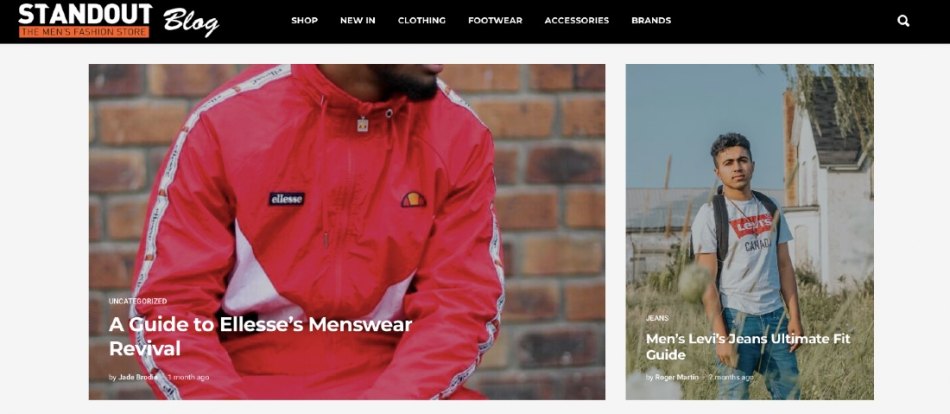
Say, a customer finds a Hilfiger Denim Bright White Flag in their Pinterest account, then follows the link to see the price in their online store, and finally buys this item on their Amazon shop.
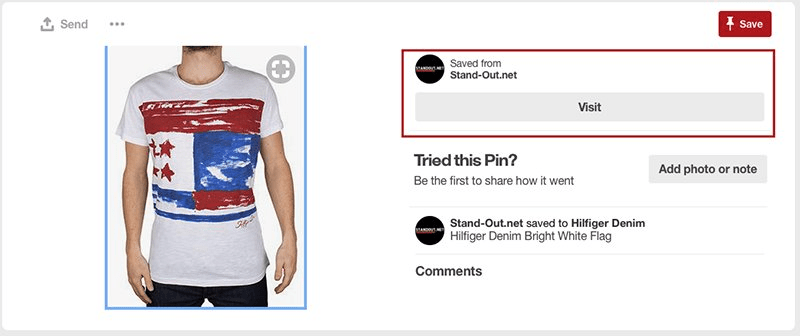
This way Stand-Out.net, slow but sure, makes his way towards being called the #1 omni-channel retailer with 16 years’ experience in eCommerce.
2. Rustic Escentuals uses Facebook messenger, organizes events and crafting classes, keeps blog, sends newsletters, and invites users to their warehouse
Another good example of omni-channel marketing strategy is when a customer finds an item on Facebook, then spends some time scrutinizing the info in a company’s blog, meditates over the purchase later at home, and eventually goes to a warehouse to make a purchase.
As you see, customers’ behavior is blurring the lines between channels.
But it looks like the guys from Rustic Escentuals know for sure how to create bombastic omnichannel experiences.
They let their audience consume content in whatever fashion they want, making the process of shopping more engaging and personalized.
How do they do that?
First, they’ve created a Facebook shop. You can browse products there and get instant support through Facebook Messenger. Their customer care team loves messaging, and it is as quick as thought. Check out our guide on Facebook below.
Then, they organize annual scent events so that everyone could smell all those yummy fragrances produced by Rustic Escentuals. That’s also an excellent opportunity to meet the staff.
There are also crafting classes in Spartanburg (South Carolina) and a newsletter full of useful tips and crafting tricks. Content marketing rockstars!
The only channel I failed to find is an Etsy shop. They might be losing opportunities to sell to 31.7 million active buyers. You will find lots of tricks about selling on Etsy in my beginner’s guide to Etsy setup and success.
Rustic Escentuals is a homegrown business that started in a garage in 1999. They still do not have a physical store, but there is a 12,000 ft. warehouse facility for those who live in the Greenville/Spartanburg South Carolina area. So customers are welcome to pick up their orders to save on shipping costs.
Here’s The Bottom Line
If you keep doing the same stuff you’ve always done, you’re not going anywhere. Instead of putting your customer at the center of the experience with omni-channel marketing strategy, you just put a new coat of buzzword paint on your eCommerce walls, wash it off, rinse and repeat.
That’s not going to boost traffic or drive sales or make your customers happy.
Go ahead! Get your teeth into this omni-channel marketing pie and taste it. You will be surprised about the way it digests in the minds of your audience.
Mmmm… Yummy.
Chapters
- 1. How To Find A Product
- 2. How to Sell a Product
- 3. How To Sell On Amazon
- 4. How to Sell on Ebay
- 5. How To Sell On Etsy
- 6. How to Sell on Pinterest
- 7. How to Sell on Facebook
- 8. How to Sell on Instagram
- 9. How to Sell With WhatsApp
- 10. How to Sell on Quora
- 11. How to Sell on Reddit
- 12. How To Sell on YouTube
- 13. Omni-Channel Marketing
About the author





